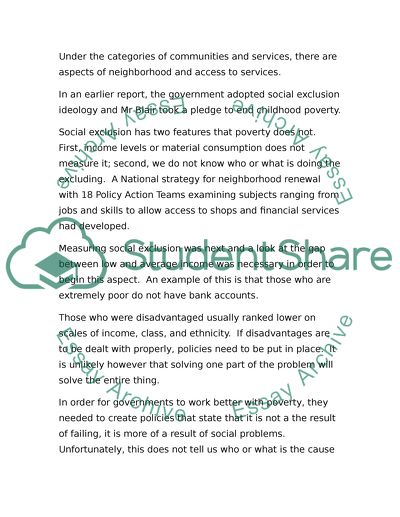Cite this document
(“Society, Diversity and Planning Coursework Example | Topics and Well Written Essays - 2000 words”, n.d.)
Retrieved from https://studentshare.org/sociology/1409470-society-diversity-and-planning
Retrieved from https://studentshare.org/sociology/1409470-society-diversity-and-planning
(Society, Diversity and Planning Coursework Example | Topics and Well Written Essays - 2000 Words)
https://studentshare.org/sociology/1409470-society-diversity-and-planning.
https://studentshare.org/sociology/1409470-society-diversity-and-planning.
“Society, Diversity and Planning Coursework Example | Topics and Well Written Essays - 2000 Words”, n.d. https://studentshare.org/sociology/1409470-society-diversity-and-planning.


